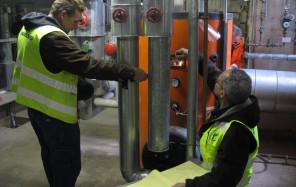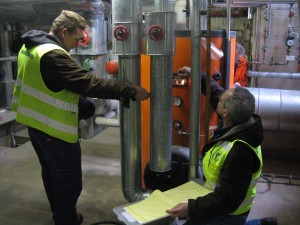 There are many options for evaluating energy savings ROI (return on investment). “Payback” is still the most widely used measure of value and describes the number of years it takes for the cost of an investment to be recovered through the annual savings that it provides.
There are many options for evaluating energy savings ROI (return on investment). “Payback” is still the most widely used measure of value and describes the number of years it takes for the cost of an investment to be recovered through the annual savings that it provides.
Many industry corporate managers are often not impressed by proposed energy savings. Yet the same results may be enthusiastically received when impacts are related to Key Performance Indicators (KPIs) of the client’s business operations. This means expressing a reduction in energy use (or cost) per unit that the business uses to measure output and productivity on a daily basis: tons of product, barrels of product, gallons per revenue passenger mile, energy costs per square foot, energy cost per meal served in a restaurant, BTUs per employee, or the total annual energy spent as a percentage of net income.
Defining your energy costs of production is an essential step to understanding how energy affects your productivity and profit margin. Businesses are best served by making the additional effort to carry the efficiency project ROI, Payback and Savings calculations out one step further and applying the energy costs/ savings to the functional business KPIs that represent the strategic purpose of the business.
Once the energy efficiency projects are brought back full circle and get measured in day-to-day operational terms the company will achieve true synergistic reductions in energy use.
Get Going
Armed with total energy usage data, meter data, Energy Star rankings and a prioritized list of Key Performance Indicators (KPIs), a Facilities Manager is prepared to establish a list of operational units of output that can be directly tied to energy consumed. Conversely, all energy conservation measures and energy efficiency measures can now be expressed in operational business terms
- Define your organizational business metrics or production measurements.
- Redefine your current energy efficiency project in terms of Business KPIs.
- Create company, employee and/or tenant awareness with lobby and cafeteria based energy reporting kiosks.
- Establish an on-going measurement, monitoring and tracking program for these newly established KPIs.


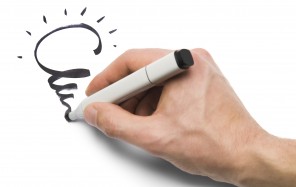
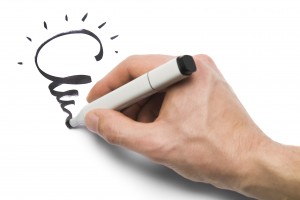 This list of energy efficiency measures and projects is a great place to start in determining which activity will have the greatest impact on your building, with your tenants and on your operational cash flow:
This list of energy efficiency measures and projects is a great place to start in determining which activity will have the greatest impact on your building, with your tenants and on your operational cash flow: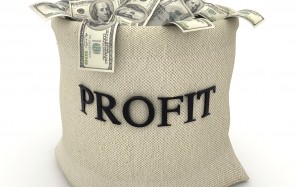
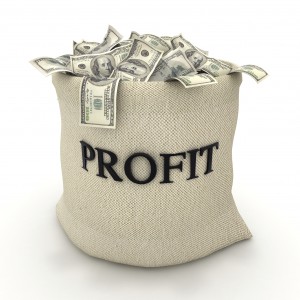 Business owners and property managers are under constant business pressure to improve tenant services, make their buildings more “Energy Efficient” and accomplish all of this while reducing operating expenses year-over-year. For these reasons (and others), they are always looking for ways to save energy.
Business owners and property managers are under constant business pressure to improve tenant services, make their buildings more “Energy Efficient” and accomplish all of this while reducing operating expenses year-over-year. For these reasons (and others), they are always looking for ways to save energy.